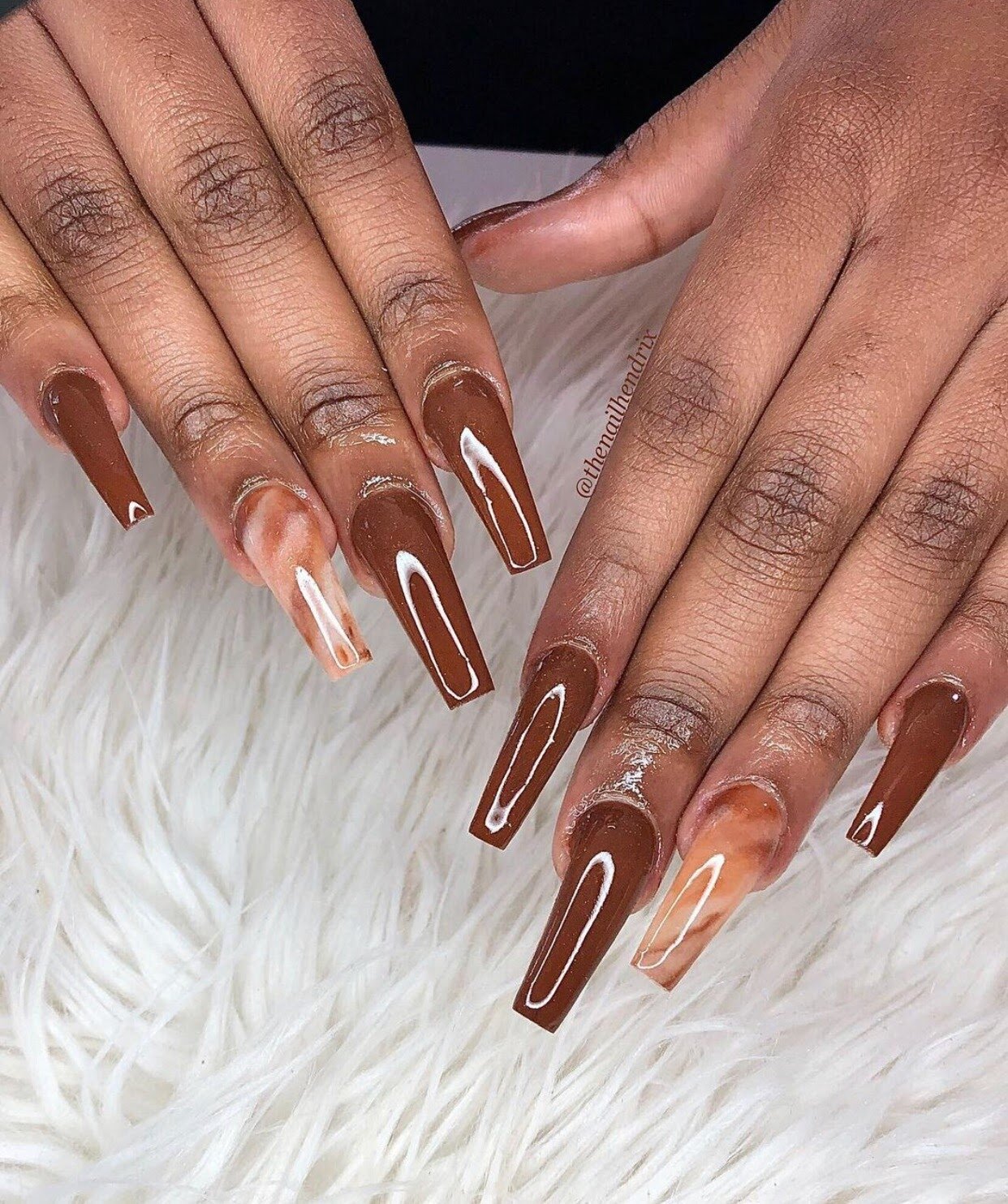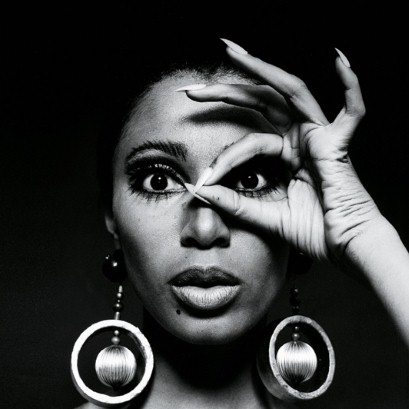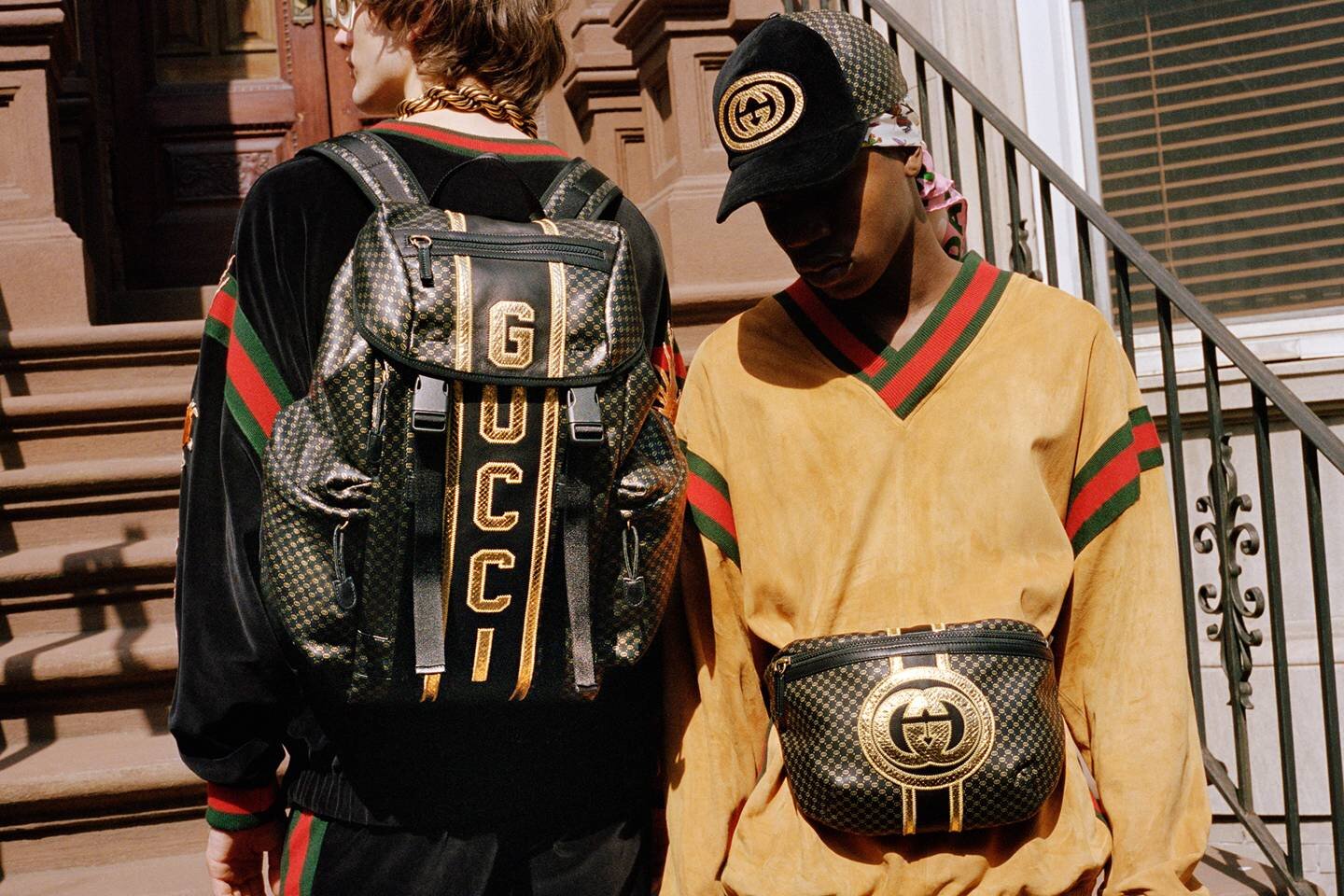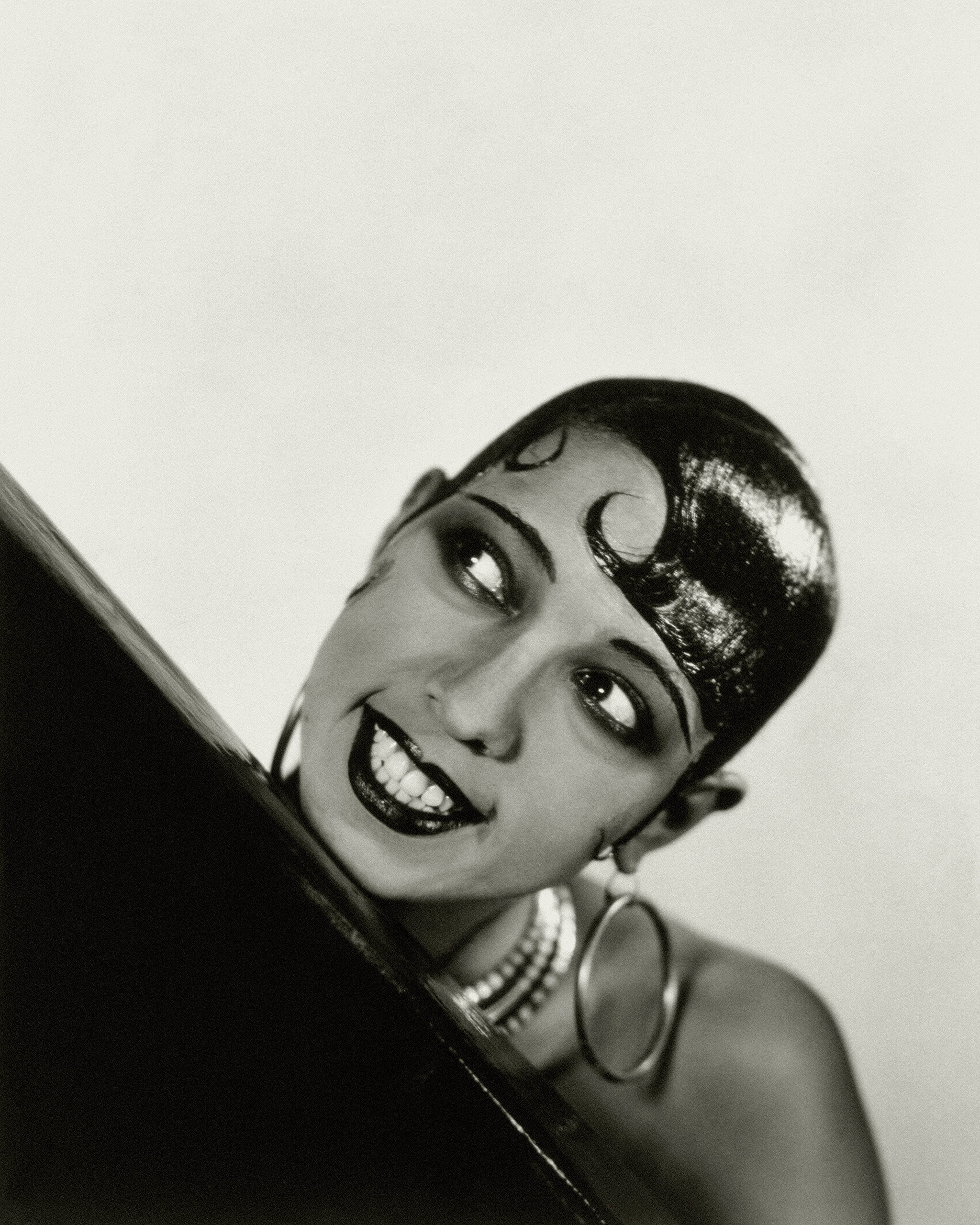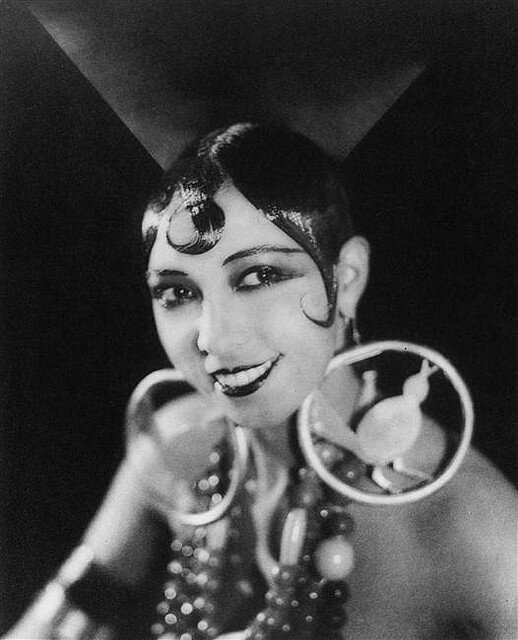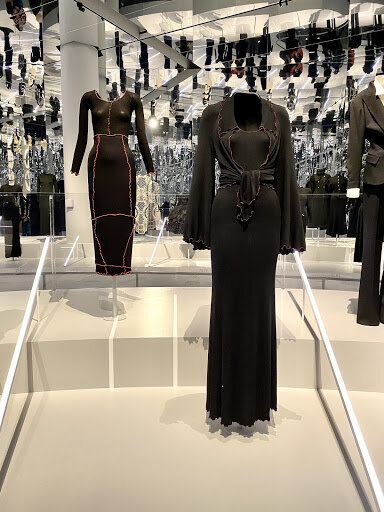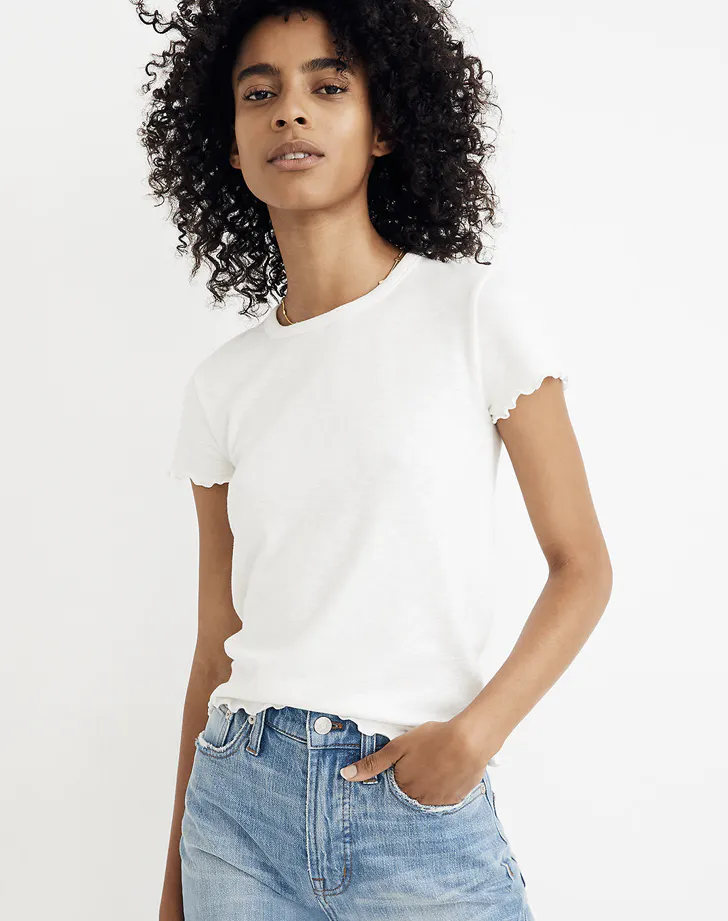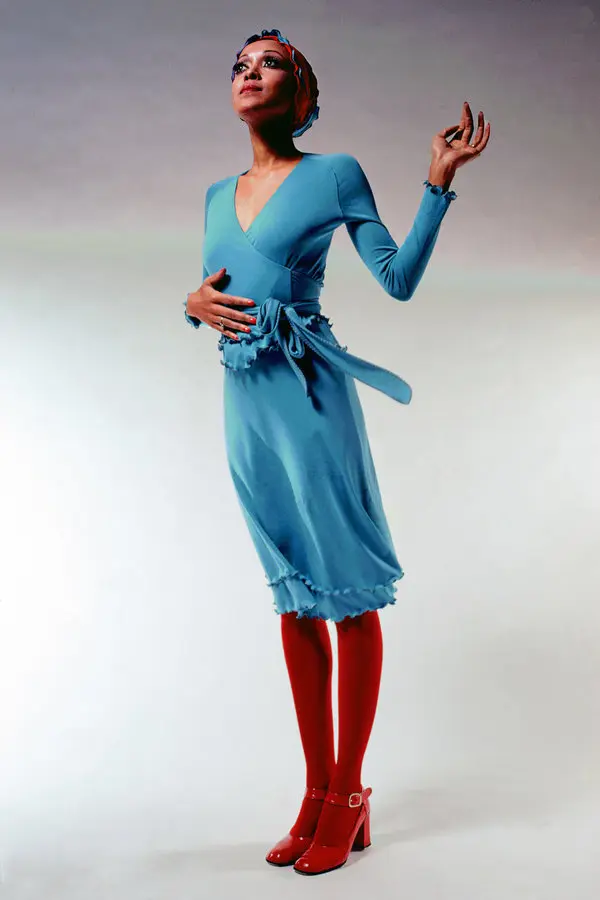Honoring Black Trends

To ensure that Black Lives Matter is a long-lived movement, not just a transient moment, it is important to highlight the origins of some of the trends that we all know, follow and love. The fashion industry is often quick to accept and mimic new trends, but often falls short when giving credit to the origins of these styles. We must support and give credit to all Black creators to finally put an end to the pattern of them being forgotten, unseen and unheard.
Nails
Nail extensions date back to 3000 B.C. in Egypt, but were not popularized in the U.S. until the twentieth century. When acrylics were created in the U.S., they were first most notably worn by African-American model Donyale Luna on the cover of Twen Magazine in 1966. Long and bold nails soon became associated with female performers of the ‘70s, like Diana Ross and Donna Summers. Since then, fake nails became further popularised by hip-hop and R&B culture. Today, we view acrylic nails as a form of art without constraints worn by people of all genders and races, when it wasn’t too long ago that they were seen as “ghetto.”
Logomania
Nowadays, it is quite rare to take a look at a streetwear lookbook and not find a case of logomania, a piece of clothing that has a brand’s name or logo as a predominant stylistic component. This style originated with Dapper Dan, one of the pioneers of streetwear. In the 1980s he was known for reworking garments designed by luxury fashion houses and turning them into extravagant garments with their logos emphasized. Some of these fashion houses include Gucci, Louis Vuitton and Fendi. Dapper Dan’s store was once raided by Fendi’s attorney for repurposing their clothing, forcing him to go underground. He then traveled to popular Black cities all over the United States, relocating before his presence was known by the general public. Big name rappers and members of the hip-hop community like Jay-Z, P Diddy, LL Cool J and Floyd Mayweather religiously wore Dapper Dan’s designs and put his name on the map. In 2018, Gucci collaborated on a collection with Dapper Dan, bringing the spearhead of this iconic trend to greater light and showing how great of an impact his innovations have to this day.
Hoop Earrings
Hoop earrings date to the ancient civilization of Sumer, but Black and Latinx cultures have presently popularized the jewelry. In the 1920s, entertainer Josephine Baker, known as one of the first black superstars, was always seen with hoops hanging from her ears. In the ‘60s, Diana Ross was another popular Black name enforcing the trend. Hip-hop culture has been the main poster child for hoops before they were accepted by mainstream culture. Since then, hoop earrings have grown to be one of the most popular accessories, gracing the ears of all.
Lettuce Hems
Lettuce hems have quickly become the added detail that turns a fitted crop top or mini skirt from average to extravagant. Yet, many people don’t know the origins of the staple trend. For this, we must pay tribute to Stephen Burrows, a Black fashion designer who broke boundaries with his timeless color combinations and efforts to shine the spotlight on Black models. Burrows is from Newark, New Jersey and studied at the Fashion Institute of Technology. His designs have graced the figures of countless icons, including former First Lady Michelle Obama. He is also the spearhead of the jersey dress, an original of which can be found at the Metropolitan Museum of Art’s fashion exhibit, “About Time: Fashion and Duration,” accompanied by a lettuce hem. Since its origins in the ‘70s, lettuce hems have grown to be a favorite of many high fashion brands and are still very popular from general retail to luxury fashion.
Sneaker Culture
Since its ascension to popularity in the ‘70s, sneakers have lived on to be the statement piece of many street style looks and serve as valuable collectors’ items that can be priced upwards of $1,000. The birth of the trend can be traced back to the rise of hip-hop culture, as many of the greatest rap artists, such as LL Cool J, wore such trainers in music videos. We must also pay credit to the popularity of basketball, more specifically Michael Jordan and his release of Air Jordans in the ‘80s, which can more often than not be spotted on the feet of many in a crowd. Black youth sought after this trend, and it caught on throughout the general public, bringing our beloved Jordans, Nike Cortez and Adidas Superstars to the key spots that they hold in our closets today. These and many other old school sneaker styles have made their way back to the top of the totem pole today, being resold on sites like Flight Club and StockX for hundreds more than their original price tag indicates.
Nails, logos, earrings, lettuce hems, and sneakers all hold a special place in contemporary fashion. They’ve completely transformed the way we dress and can be found across a wide range of brands and prices. There is a difference between cultural appropriation and cultural appreciation. With the latter we make it a point to recognize where the trends we love actually come from. There is no way one can advocate for Black lives without appreciating Black creators.

